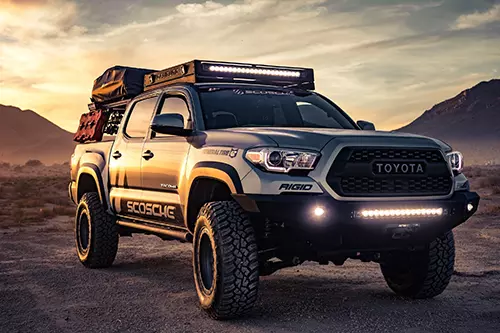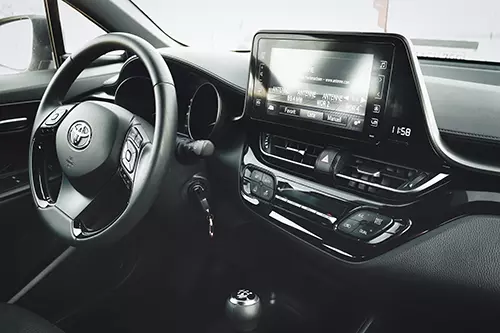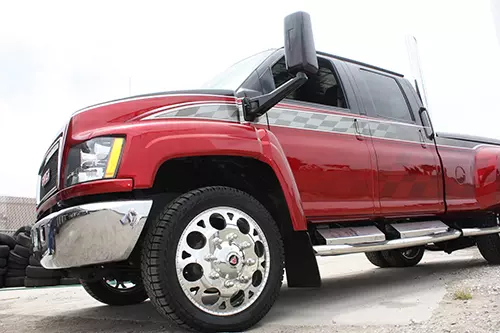Finding The Best Floor Mats Or Liners For Your Vehicle

Introduction
If you’re considering getting something to protect the floor of your vehicle, like Audi car mats, we can help you decide whether you should get it and what type you should invest in. While floor mats and floor liners are incredibly useful for any vehicle, they have some differences which will be addressed later in the article.
Floor Mats or Floor Liners?
Yes, these are different things. While floor mats are flat, more affordable, and only provide partial floor coverage, floor liners have a raised edge which has to be custom made most of the time. The latter can also be custom-fitted to the vehicle boot or floor of the rear seats. While both are great for preventing damage to your vehicle floor from dirt or scratches, floor liners are better for containing any liquid spills.
Now let’s compare the two options in terms of types, installation, and maintenance.
Types
There are three types of floor mats; carpet, rubber, and thermoplastic elastomer (TPE). Carpet floor mats are probably your best bet if style and comfort are your first priority. Its downside includes the fact that it gets dirty quickly and washes out slower. If you have kids onboard the vehicle, you might want to steer clear of this material. Next are the more stain-resistant rubber floor mats. They clean easily and are more affordable than the carpet. It is also available in a universal fit. This is, however, like a double-edged sword as that results in lesser protection from spills. Rubber floor mats also do not do much for style as it comes mainly in brown or black. Finally, we have TPE floor mats which are a mixture of plastic and rubber. This material makes for a bendable floor mat that is easy to clean, hard to stain, malleable, and extremely durable. They can also take a lot of harsh treatment from users or from the weather.
There are four types of floor liners, all of which are plastic and rubber mixtures which makes them completely waterproof, malleable, and temperature-resistant, which means they retain their shape even in drastically cold or hot weather.
The first type is TPE, which you already know by now. TPE floor liners bring all the benefits that TPE floor mats have. Then we have Thermoplastic Olefin (TPO) which has a filler component on top of the plastic/rubber hybrid. TPO floor liners are resistant to radiation from UV rays so heat from the blazing sun won’t be an issue. Next up are the Polypropylene (PP) floor liners which provide solid protection especially against chemical solvents. It is hard and resistant to heat as well. It has a slippery surface which makes cleaning easy but becomes an issue when it gets wet. It is also prone to oxidation which turns the floor liner a chalky white after time. Finally, the Polyethylene (PE) floor liners. These are very tough and inexpensive at the same time.
Installing
Whether it’s floor mats or floor liners, it is vital to remove all old floor covers before installing new ones as it becomes a safety hazard should the new mat slip on the old one and interfere with the pedals. Clean the surface and make sure there isn’t any dirt or debris.

For floor mats, all you have to do is follow the instructions for installation. Typically, the floor mat on the driver’s side has a cut-out for the gas and brake pedals while the passenger side is simply a rectangular shape. Some sets come with an additional double floor mat for the rear seat which you can simply place on either side. As mentioned, it is crucial that your floor mat doesn’t interfere with any pedals or clutches. To prevent slipping, some floor mats have a hole with a metal ring to be placed around a hook on the floor of your vehicle. This might not be true for all floor mats as others employ different non-slip technology. Make it a habit to check that your floor mats are in the right place every time you exit your vehicle.
For floor liners, you want to remove any stickers from the liner. Safety labels can be removed and placed in your manual. Once you recognise which slide the floor liners should be applied, install them with the hooks either attached to the liner itself or provided with it. Conduct a similar check to make sure no pedals or clutches are being blocked.
Maintenance
Floor mats should be as durable as your vehicle. It is, however, recommended that you occasionally remove them for a thorough clean. Carefully take them out so that none of the dirt or contaminants spill onto the floor of your vehicle. Use an industrial-grade vacuum to remove the dirt from the vehicle floor for added measure. For rubber and TPE floor mats, simply wash them with water, use a vehicle interior cleaning liquid and a brush to scrub the mat before rinsing them down. For carpet floor mats, use a carpet cleaner and follow the cleaning directions. Vacuum any debris left out by the carpet cleaner. After the cleaning is done, let your mats air dry before placing them back in the vehicle.
Floor liners have a slightly easier cleaning regime. After removing the floor liner while being careful not to spill any dirt in your vehicle, spray it down with some water. Then using a sponge, cloth, or brush and some normal soap like dish detergent, gently go over the entire floor liner surface. Avoid using cleaners that are too harsh or rough. Wash the liner with water and let it air dry. Alternatively, you can use a towel to dry it. Then place them back into your vehicle and ensure that it is attached with the hook and that it doesn’t block the pedals or clutch.
Conclusion
Now that you know everything about floor mats and liners, you can make a decision on one of them. The installation and care process should no longer come as a surprise to you when you eventually receive your floor mats or floor liners. We do recommend floor mats and floor liners from Weathertech as well as Husky based on their quality, affordability, and reviews. Of course, at the end of the day, it’s really up to you and your needs. Knowing what you know now, you can rest assured as you hunt for the best floor mats or floor liners for your vehicle that it will be a well-informed choice. Good luck on your hunt!

---
Published: 13-Feb-2021
Author: Jake Hughes

You can see a list of our current authors and short bio here
